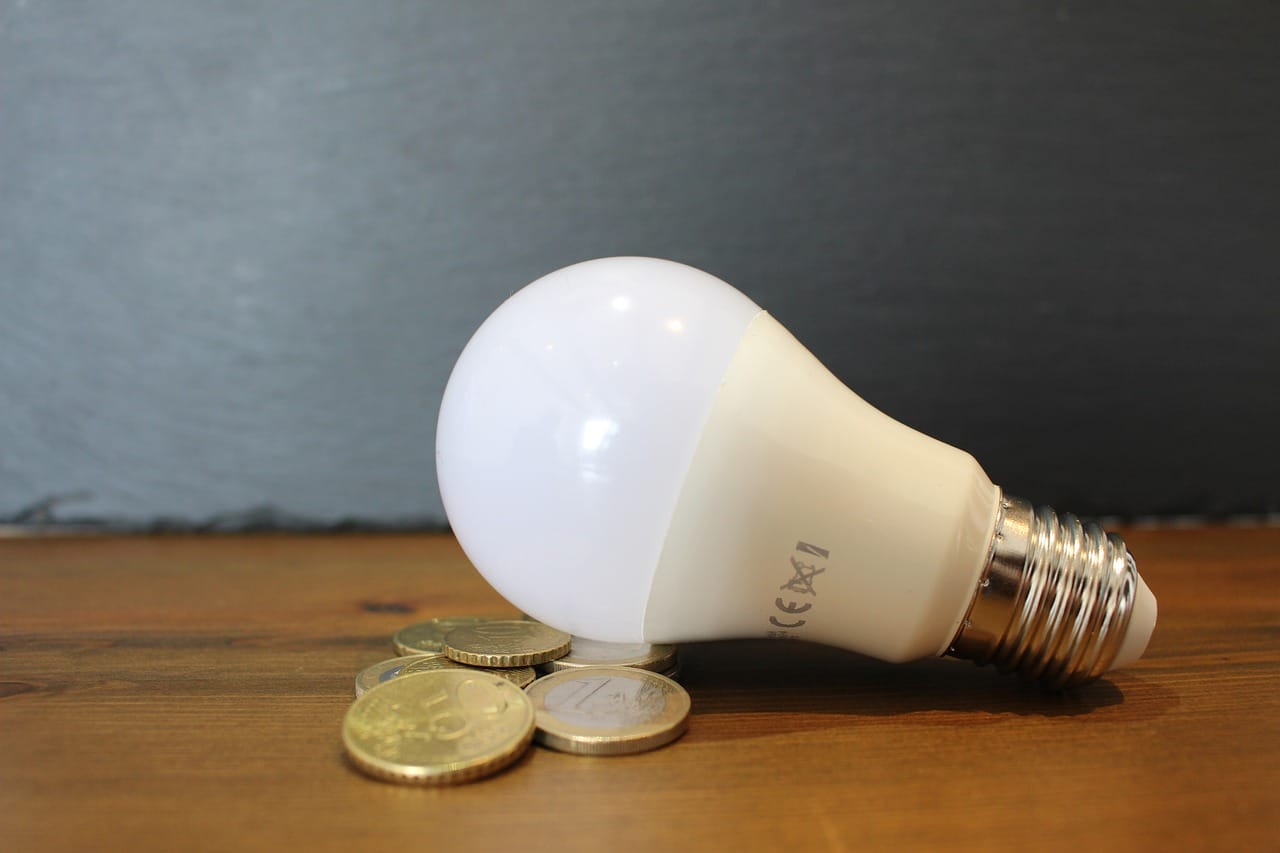7 minute read
Getting an unusually high energy bill in a month likely indicates wastage. Energy problems are common in several households, and taking proactive steps to counter them and create a more sustainable home is crucial. Recent energy data shows that many homes pay more than they should in energy bills due to excesses. Spending $200 – $400 more every year on the energy you could have saved is concerning. Below is a discussion of these common problems and suggestions to avoid them.
1. High heating or cooling bills
As mentioned earlier, an unusually high energy bill often draws people’s attention to a possible problem. Statistics show that four in seven households will receive very high energy bills in the next twelve months. This is because several homes have heating and cooling problems often overlooked by the house occupants. Things like inefficient furnaces, poorly-serviced air conditioners, and faulty boilers are common causes.
As a homeowner, the best line of action after receiving a high bill in a month is to get a home assessment done. Getting a licensed energy technician or relevant professional to conduct these checks can be a timely mitigating measure. This decision can save you from receiving even higher energy bills in subsequent months. If your HVAC system and order appliances have not been serviced in a long while, it would be a good idea to do it without delay.
2. Drafts around windows and doors
With winter poised to set in next month, it is a good idea to check for drafts around your windows and doors. Drafts are major causes of energy drain in a home and account for up to a 5% increase in monthly energy bills. How do you detect them in your building? You can check for cold air around your windows and doors. When you stand close to these two areas, the temperature must be the same as indoors. However, you may have a draft problem when the temperature drops several degrees lower.
There are different ways to resolve this problem. The first is to seal the spaces you identified with caulk. You may also need to replace the weatherstripping or cover minor cracks with nail polish. However, this can only last for a year and must be replaced. Of all the options, a door or window replacement is ideal because it extends its lifespan. In that case, you may want to stick with expert replacement companies like Renewal by Andersen Windows. The same solutions offered can be applied to drafty doors.
3. Unusually cold floors
When the floors in your home feel unusually cold, there may be an insulation problem. This is more obvious on flooring above the basement or crawl space. Another part of the house where cold floors are more noticeable is the garage. Although insulation is the established cause, it could be any of these three sub-categories – Insufficient, absent, or outdated padding. Each one impacts the house in different ways.
You will have further problems with your property if this isn’t fixed. As the months go by, poorly-insulated flooring will expand or contract, depending on the weather. In no time, you will notice cracks and other signs of deterioration in your flooring material. Eliminating cold floors immediately after you notice them will pay off in the long run. Did you know that cold flooring causes the home’s heating to work overtime? This happens because the temperature difference triggers the system to work harder to warm the floors. This would put pressure on the machine, leading to a breakdown that would cost more to fix.
4. Ice dams
Winter is a little over a month away, making this something to look out for. When you see ice dams on your roof or sides of the house, the obvious cause is the attic. The thick ice buildup hanging on your sloped roof shows the need to upgrade your attic insulation. Heat leakage along the roof edges is the main culprit for the melting snow. As the liquid trickles down, it comes into contact with cold eaves and freezes. Ice dams can tear off your gutters or cause damage to your roofing materials.
You don’t have to be a power expert to know that this can cause energy wastage. The resulting ripple effect is your boiler or HVAC system overworking to keep your home warm or at a constant temperature. The rapid exit of warm air from indoors to the outdoors will also likely cause an increase in your energy bills. It is advisable to be proactive and resolve it as soon as possible. Ignoring this will also mean paying more in subsequent months until the root cause is resolved.
5. Uneven temperatures in the home
When your home’s heating is without problems, your indoors will remain at a consistent temperature. However, it may be time to call in a specialist when you notice a difference in room temperatures. Your home’s ductwork may need some repairs or total replacement. Sometimes, all you need is an insulation upgrade in the house. According to expert builders, uneven temperatures occur in rooms directly above the basement or below the attic. This is due to the building’s foundation and roofing materials, respectively.
Unfortunately, your heating systems would work overtime during winter to compensate for the fall in temperatures. If it persists until next summer, you will likely increase energy consumption. A professional must determine the root cause of restricted airflow into all rooms. Sometimes, the only problem might be that the HVAC system is too small to accommodate the energy load.
6. You have outdated home appliances
Thanks to technology, home appliances are upgraded frequently. Manufacturers of these machines largely focus on energy efficiency in response to consumer demands. Indeed, in the last fifteen years, home appliances have undergone several changes to accommodate energy ratings. Some brands incorporate eco features into these appliances, allowing consumers to regulate power consumption. You could say that these upgrades are well-suited for the 21st-century consumer.
Unfortunately, there is the other side of the divide where not every household has modern appliances. The problem with outdated home appliances is their high energy consumption. This results in more bills. The washing machine, dryer, refrigerator, dishwasher, and other appliances that you regularly use could be the cause of your home’s energy problem. If you can afford it, try changing them gradually until you notice the positive impact on your monthly energy bills.
7. Faulty lighting and wiring
A 2004 Stanford survey indicated that almost half of the population switched to LEDs when the energy-efficiency benefits became popular. Fast forward to the present day, and many homes have changed incandescent bulbs to energy-saving options. However, one problem that remains is faulty lighting. It doesn’t matter whether your current illumination sources are LED or not. A faulty lighting system can increase your home’s energy consumption.
This happens because of the higher demand for the faulty bulb to emit light. The same applies to problematic wiring. They will also consume more electricity because of the increased pressure on the network of wires. In many cases, flickering light bulbs are signs of something amiss. However, it is worth noting that not every faulty lighting system shows signs of deterioration. The best solution, therefore, is to have an energy audit conducted regularly on your home. You can do this every three years or less, depending on your home’s energy usage. Other times, high energy bills necessitate the need for an energy audit. It is in your best interest to know what’s behind your home’s persistently extreme energy consumption to solve the issue.
The current economy seems to be struggling, and especially if you spend a lot of time at home, it is advisable to do what you can to reduce energy costs. Hopefully, the suggestions discussed here are helpful.








